How to Choose Carbon Fiber Wheels for Maximum Efficiency?
Understanding the Revolution of Carbon Fiber Technology in Modern Cycling
The cycling world has witnessed a remarkable transformation with the advent of carbon fiber wheels. These advanced components have redefined performance standards, offering an unparalleled combination of strength, lightness, and aerodynamic efficiency. From professional racing circuits to enthusiast riders, carbon fiber wheels have become the gold standard for those seeking optimal performance on two wheels.
As we delve into the intricacies of selecting the perfect carbon fiber wheels, it's essential to understand how these technological marvels have evolved from exotic racing equipment to accessible performance upgrades for serious cyclists. The manufacturing precision, material science, and engineering behind modern carbon fiber wheels have created products that consistently outperform traditional aluminum alternatives.
Core Components of Carbon Fiber Wheel Design
Rim Profile and Aerodynamics
The rim profile of carbon fiber wheels plays a crucial role in their performance characteristics. Modern designs typically feature wider rim beds and sophisticated aerodynamic shapes that help reduce drag while maintaining stability in crosswinds. The ability to mold carbon fiber into precise shapes allows manufacturers to create rim profiles that would be impossible with traditional materials.
Deep-section carbon fiber wheels, particularly popular in time trials and criterium racing, can save significant watts at high speeds. However, the optimal rim depth depends on various factors, including riding style, typical wind conditions, and the specific demands of your chosen discipline.
Carbon Layup and Construction Methods
The strength and ride characteristics of carbon fiber wheels largely depend on their layup – the precise arrangement of carbon fiber sheets and resin. Different manufacturers employ various proprietary layup techniques, each offering distinct benefits in terms of stiffness, comfort, and durability.
High-end carbon fiber wheels often utilize advanced construction methods such as continuous fiber technology and specialized resin systems that enhance impact resistance and overall wheel longevity. Understanding these construction aspects helps in selecting wheels that match your performance requirements and riding conditions.
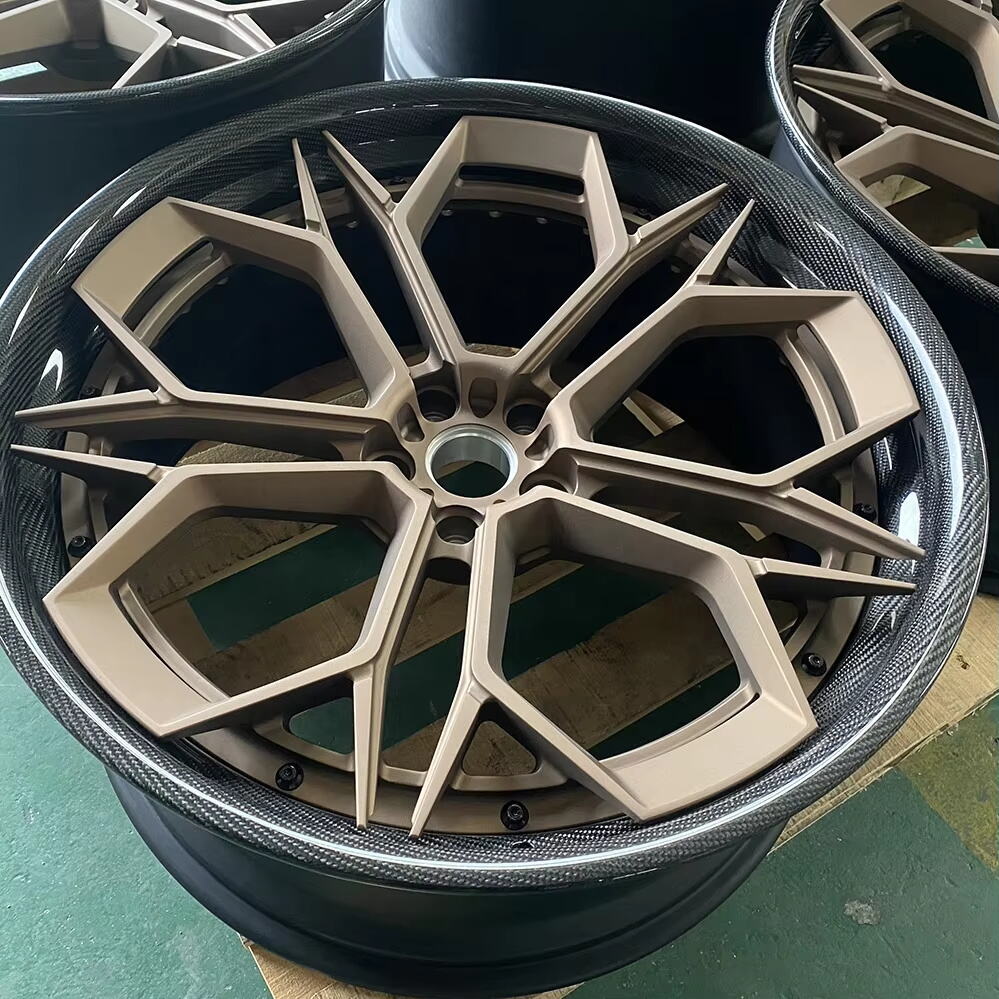
Performance Considerations for Different Riding Styles
Racing and Competition Requirements
For competitive cyclists, carbon fiber wheels offer distinct advantages in racing scenarios. The reduced rotational weight improves acceleration and climbing efficiency, while aerodynamic profiles provide tangible benefits in maintaining higher speeds. When selecting wheels for racing, consider factors such as course profile, weather conditions, and race duration.
Sprinters might prefer stiffer, deeper-section carbon fiber wheels that maximize power transfer and aerodynamic advantage. Climbers, on the other hand, might opt for lighter, shallower profiles that prioritize weight reduction over aerodynamic gains.
Endurance and Recreational Riding
Endurance cyclists require carbon fiber wheels that balance performance with comfort and reliability. All-around wheel profiles, typically featuring medium-depth rims, offer versatility for various riding conditions. The natural vibration-dampening properties of carbon fiber can significantly enhance ride quality during long hours in the saddle.
For recreational riders, considering factors such as ease of maintenance, durability, and versatility becomes equally important as pure performance metrics. Many manufacturers now offer carbon fiber wheels specifically designed for the demands of endurance riding.
Technical Specifications and Compatibility
Hub Systems and Axle Standards
Modern carbon fiber wheels come with various hub configurations to match different frame standards. Understanding your bike's specifications regarding thru-axle dimensions, freehub body compatibility, and brake rotor mounts is crucial for proper wheel selection.
The quality of hub bearings and engagement systems significantly impacts both performance and longevity. Premium carbon fiber wheels often feature ceramic bearings and high-engagement freehub mechanisms that provide faster power transfer and improved durability.
Brake Surface Technologies
For rim brake users, the braking surface of carbon fiber wheels requires special consideration. Advanced heat-resistant resins and textured brake tracks have largely addressed historical concerns about carbon brake performance. However, different manufacturers employ varying technologies to optimize braking performance.
Disc brake carbon fiber wheels eliminate many traditional braking concerns while offering consistent performance in all weather conditions. The absence of a brake track also allows for more optimized rim designs focused purely on aerodynamic efficiency.
Maintenance and Long-term Value
Care and Inspection Protocols
Proper maintenance of carbon fiber wheels ensures optimal performance and longevity. Regular inspection for damage, proper cleaning procedures, and attention to recommended tire pressures all contribute to wheel durability. Understanding the specific care requirements of your chosen wheels is essential for protecting your investment.
Most manufacturers provide detailed maintenance guidelines, including recommended cleaning products and inspection schedules. Following these protocols helps prevent potential issues and maintains the wheels' performance characteristics over time.
Value Retention and Upgrade Paths
Quality carbon fiber wheels often retain their value better than traditional alternatives. When considering an investment in high-end wheels, understanding the manufacturer's warranty terms and customer support reputation becomes crucial. Many brands offer crash replacement programs and other support services that enhance the long-term value proposition.
The modular nature of modern wheel systems also allows for future upgrades, such as ceramic bearing installations or freehub body changes, extending the useful life of your investment.
Frequently Asked Questions
How long do carbon fiber wheels typically last?
With proper care and maintenance, quality carbon fiber wheels can last many years and thousands of miles. Their longevity largely depends on riding conditions, maintenance practices, and the specific construction quality of the wheels. Many riders report using the same set of carbon wheels for 5-7 years or more without significant degradation in performance.
Are carbon fiber wheels worth the investment for recreational riders?
The value proposition of carbon fiber wheels for recreational riders depends on individual goals and preferences. While the performance benefits are real, the significant cost requires careful consideration. Recreational riders who prioritize performance and ride frequently often find the investment worthwhile due to improved ride quality, reduced fatigue, and enhanced cycling enjoyment.
What weather conditions affect carbon fiber wheel performance?
Carbon fiber wheels perform consistently across most weather conditions. However, deep-section rims can be more challenging to handle in strong crosswinds. Modern carbon fiber wheels are highly resistant to temperature extremes and wet conditions, though riders using rim brakes should expect somewhat reduced braking performance in wet weather compared to dry conditions.
Recommended Products
 Hot News
Hot News
-
Forged Carbon Products
2024-05-21
-
Forged Off-Road Accessories
2024-05-21
-
GVICHN Introduces Revolutionary Forged Two-Piece Product
2024-05-21


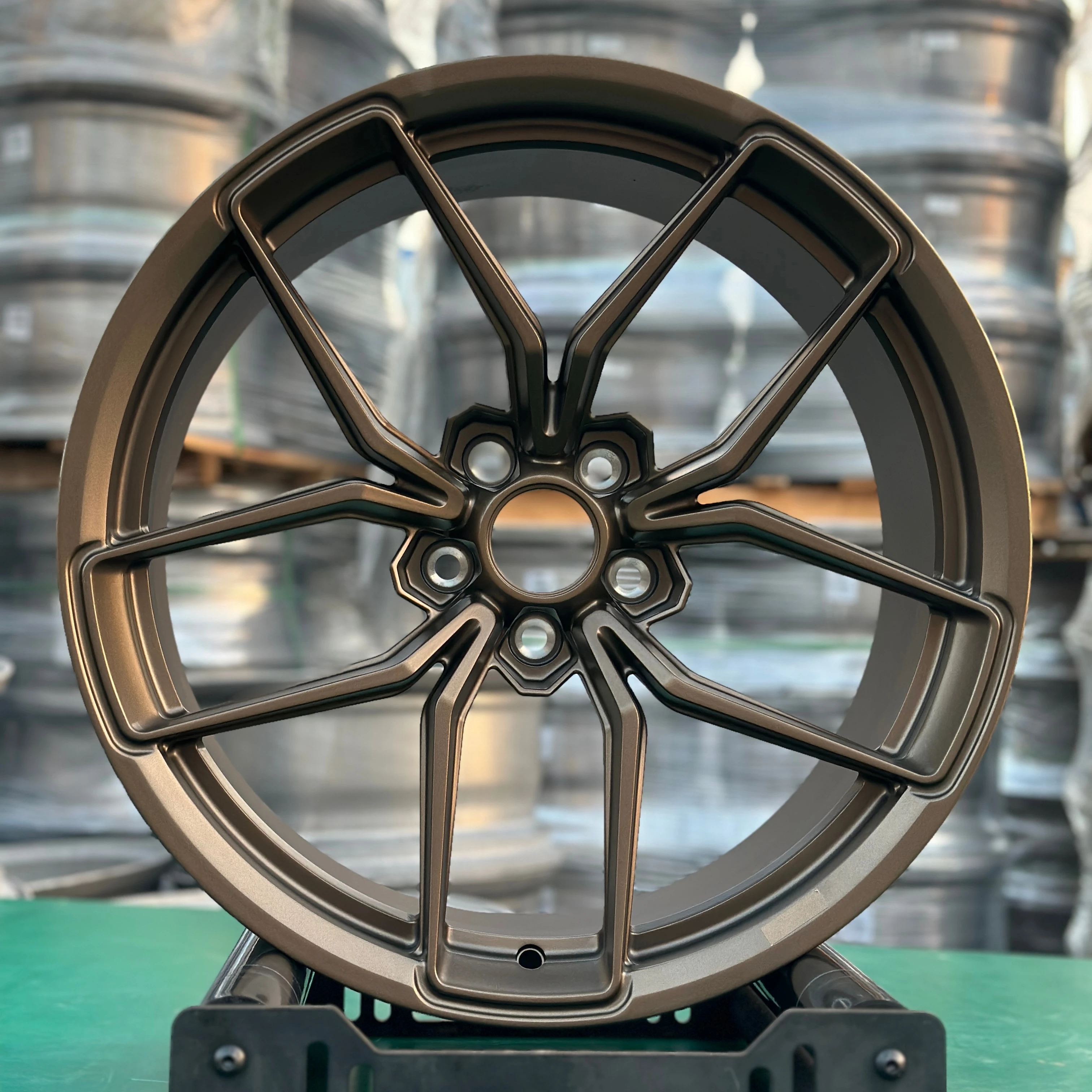
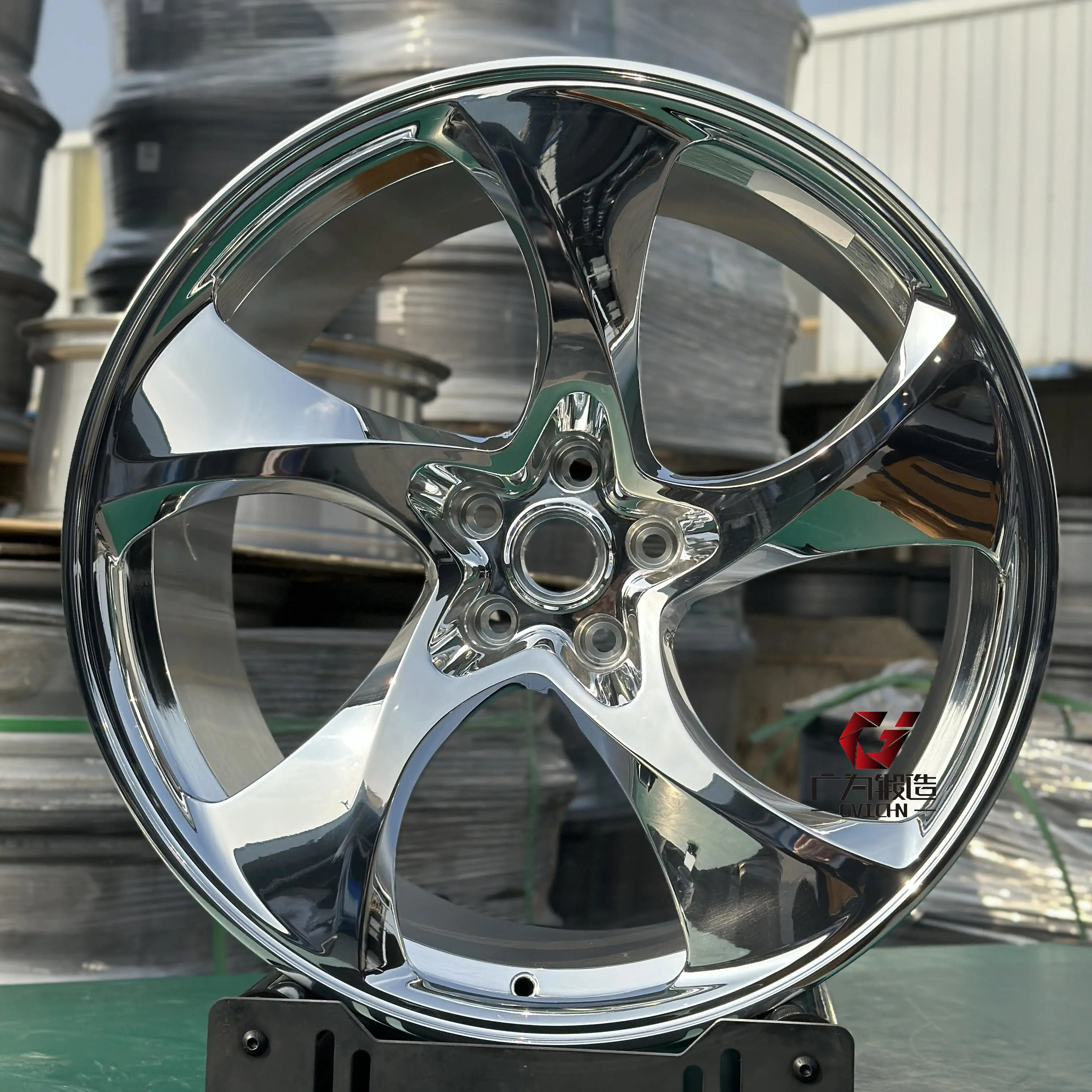

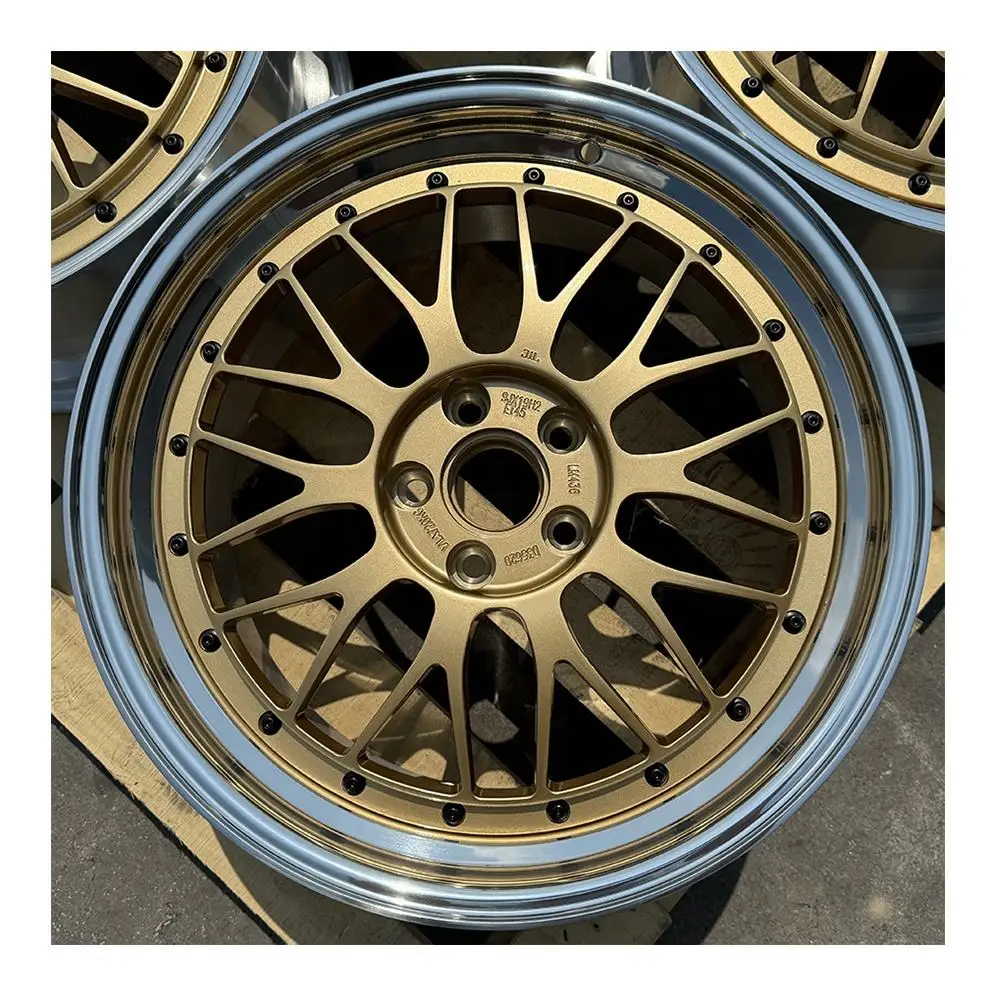
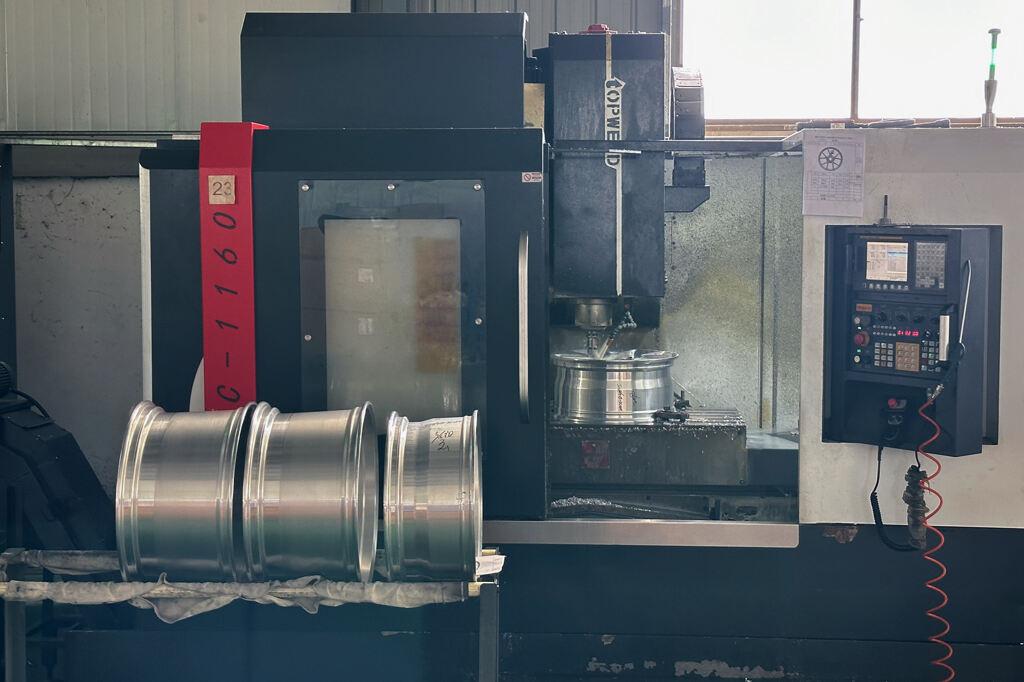
 ONLINE
ONLINE